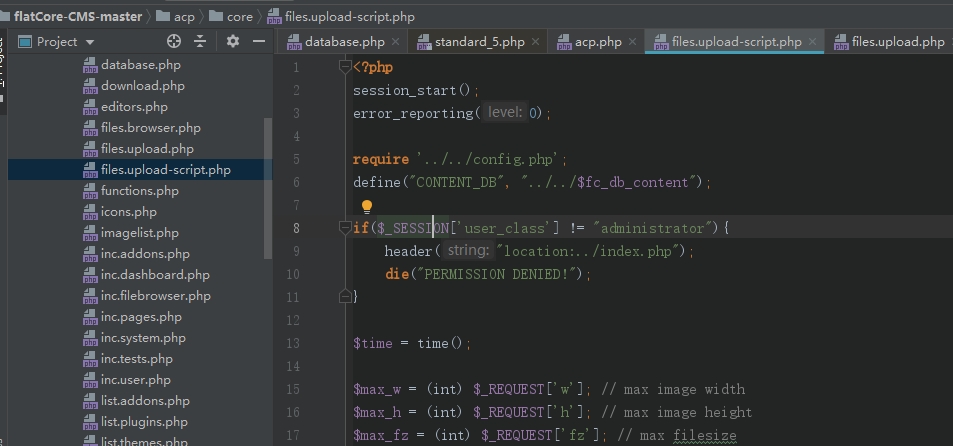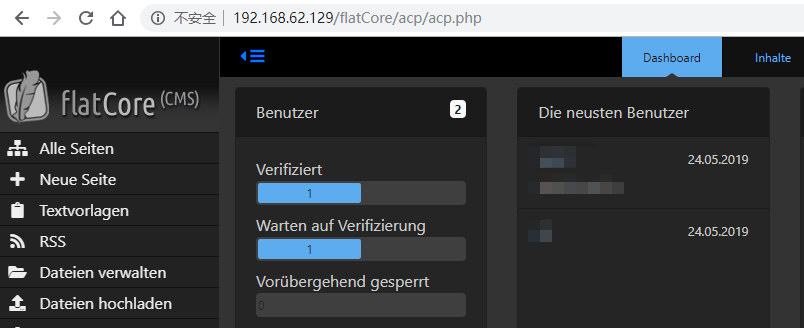The project flatCore CMS pauses for an undefined time! For various reasons, it is currently not possible for me to spend the necessary time that a project with this scope requires.
Das Projekt flatCore CMS pausiert auf unbestimmte Zeit! Aus verschiedenen Gründen ist es mir derzeit nicht möglich, die nötige Zeit aufzubringen, die ein Projekt mit diesem Umfang benötigt.
flatCore is a lightweight Content Management System based on PHP and MySQL or SQLite.
- Official Site: https://flatcore.org
- License: GNU GENERAL PUBLIC LICENSE Version 3
⭐ give us a star, it motivates us a lot.
- Software: PHP 7.3+
- Web Server: Apache with PDO/SQLite Module and mod_rewrite
- Database: SQLite, MySQL 5.6+ (optional)
You are very welcome to take part in this project. We are happy for every contribution. Please submit your code to the develop branch, and start a pull request.
This branch will be merged into main branch, as soon as a new stable version is ready.
- Ace Editor - http://ace.c9.io/
- Bootstrap - http://getbootstrap.com/
- bootstrap-tagsinput - https://github.com/bootstrap-tagsinput/bootstrap-tagsinput
- clipboard.js- https://github.com/zenorocha/clipboard.js
- DropzoneJS - http://www.dropzonejs.com
- featherlight - https://github.com/noelboss/featherlight/
- image-picker - https://github.com/rvera/image-picker
- jQuery - https://jquery.com/
- jquery.dirtyforms - https://github.com/snikch/jquery.dirtyforms
- matchHeight - http://brm.io/jquery-match-height/
- Medoo - https://github.com/catfan/Medoo
- Parsedown - https://parsedown.org
- PHPMailer - https://github.com/PHPMailer/PHPMailer
- Smarty - http://www.smarty.net/
- Spyc - https://github.com/mustangostang/spyc/
- TinyMCE - http://www.tinymce.com/


















































